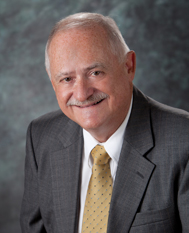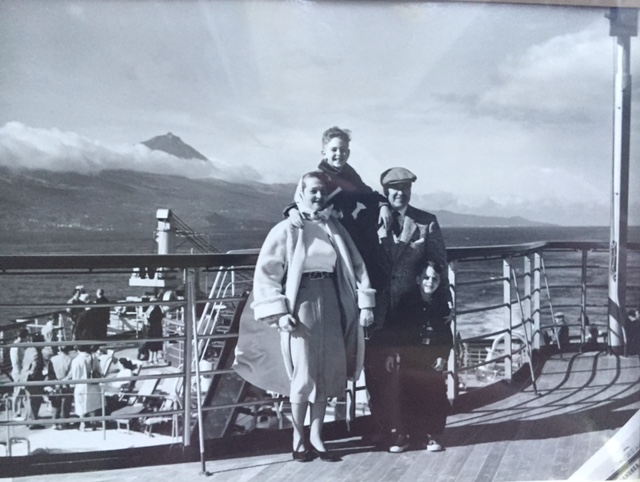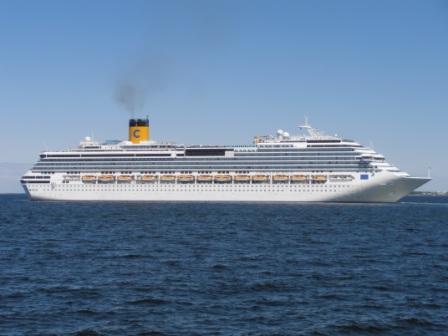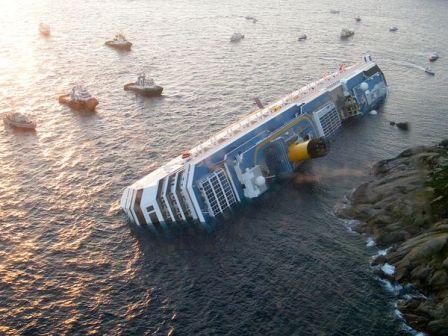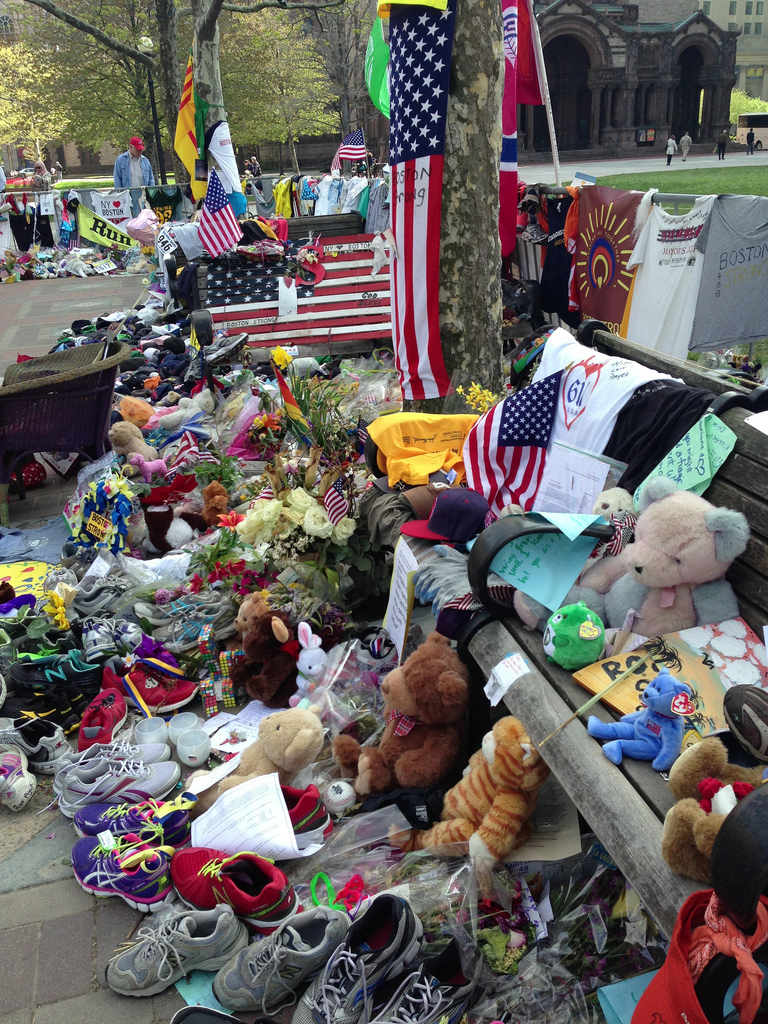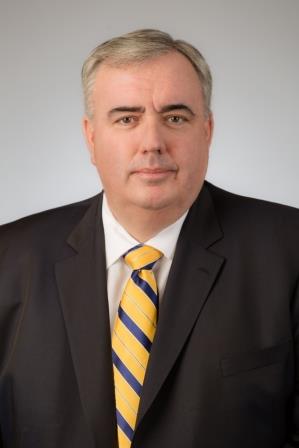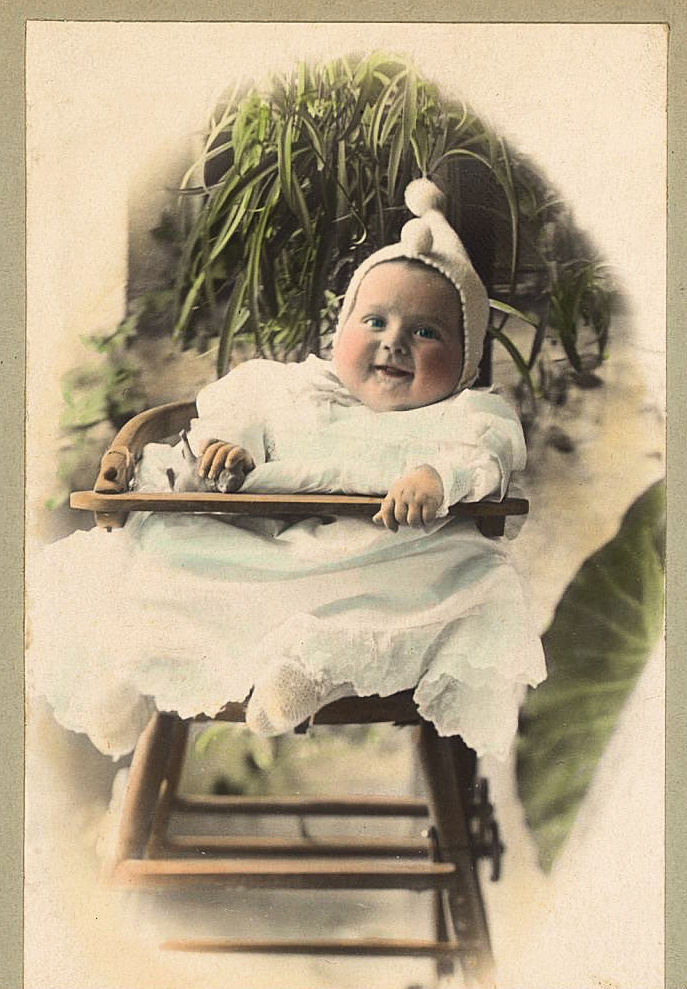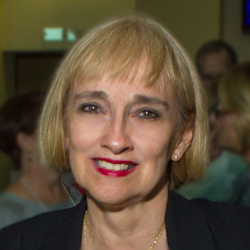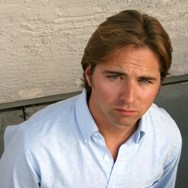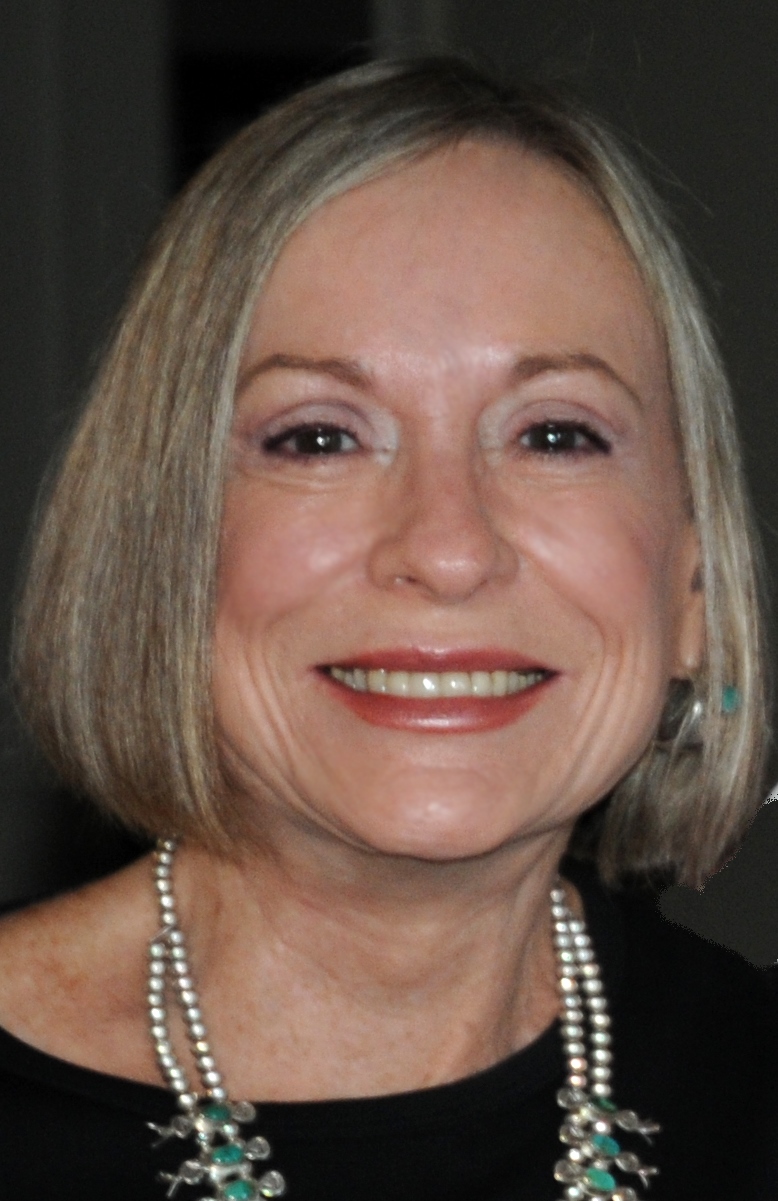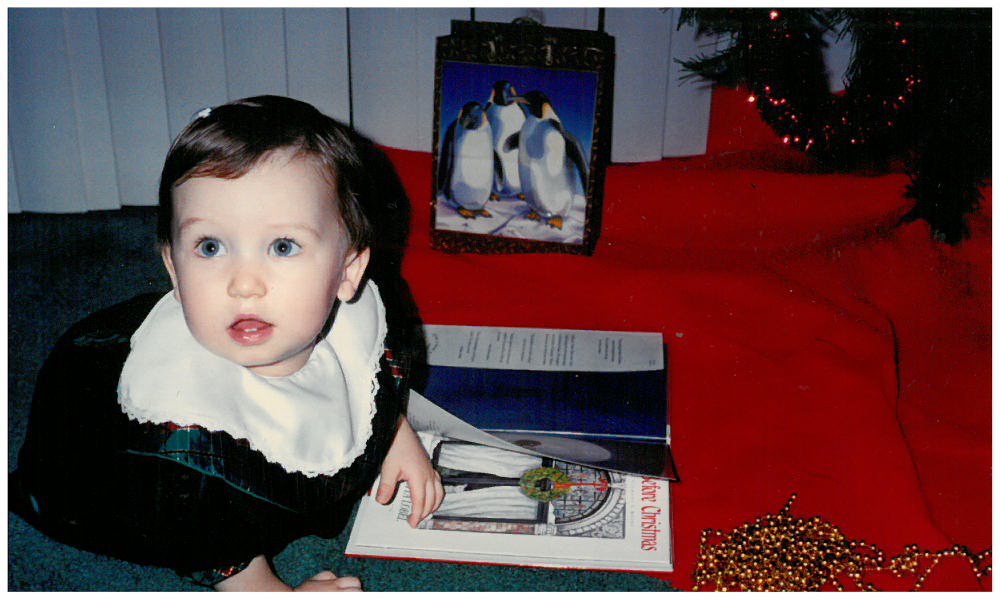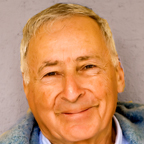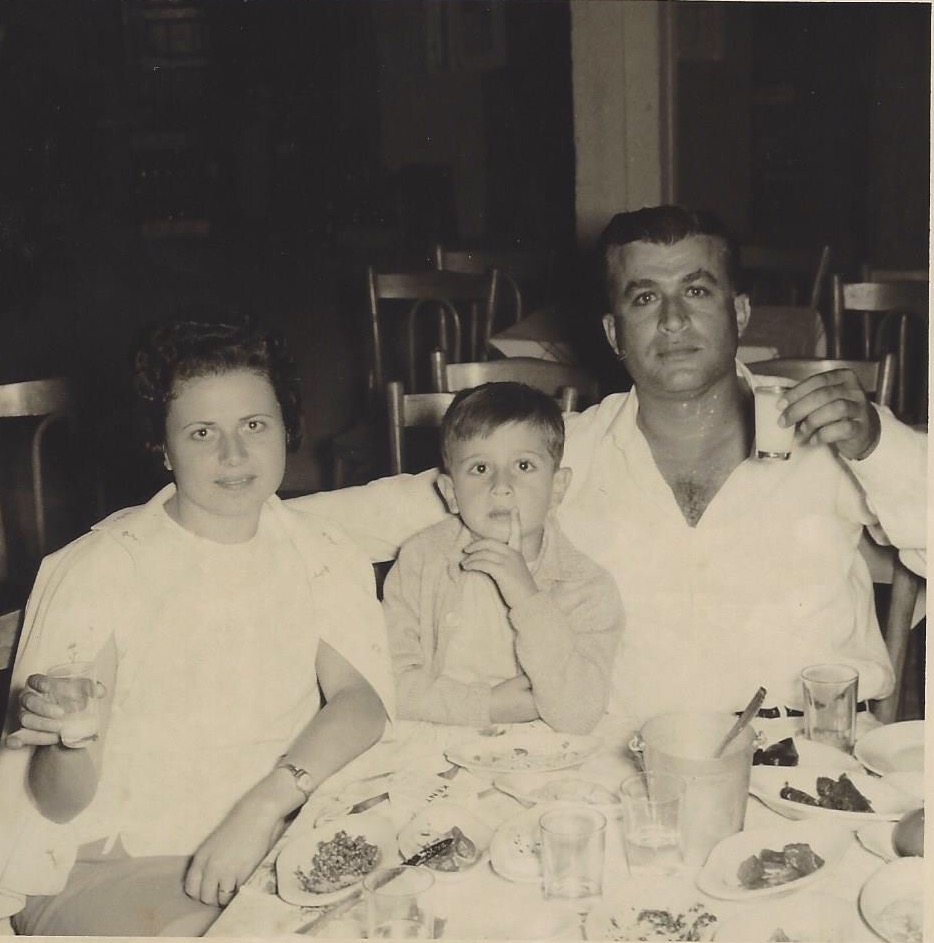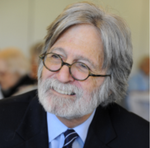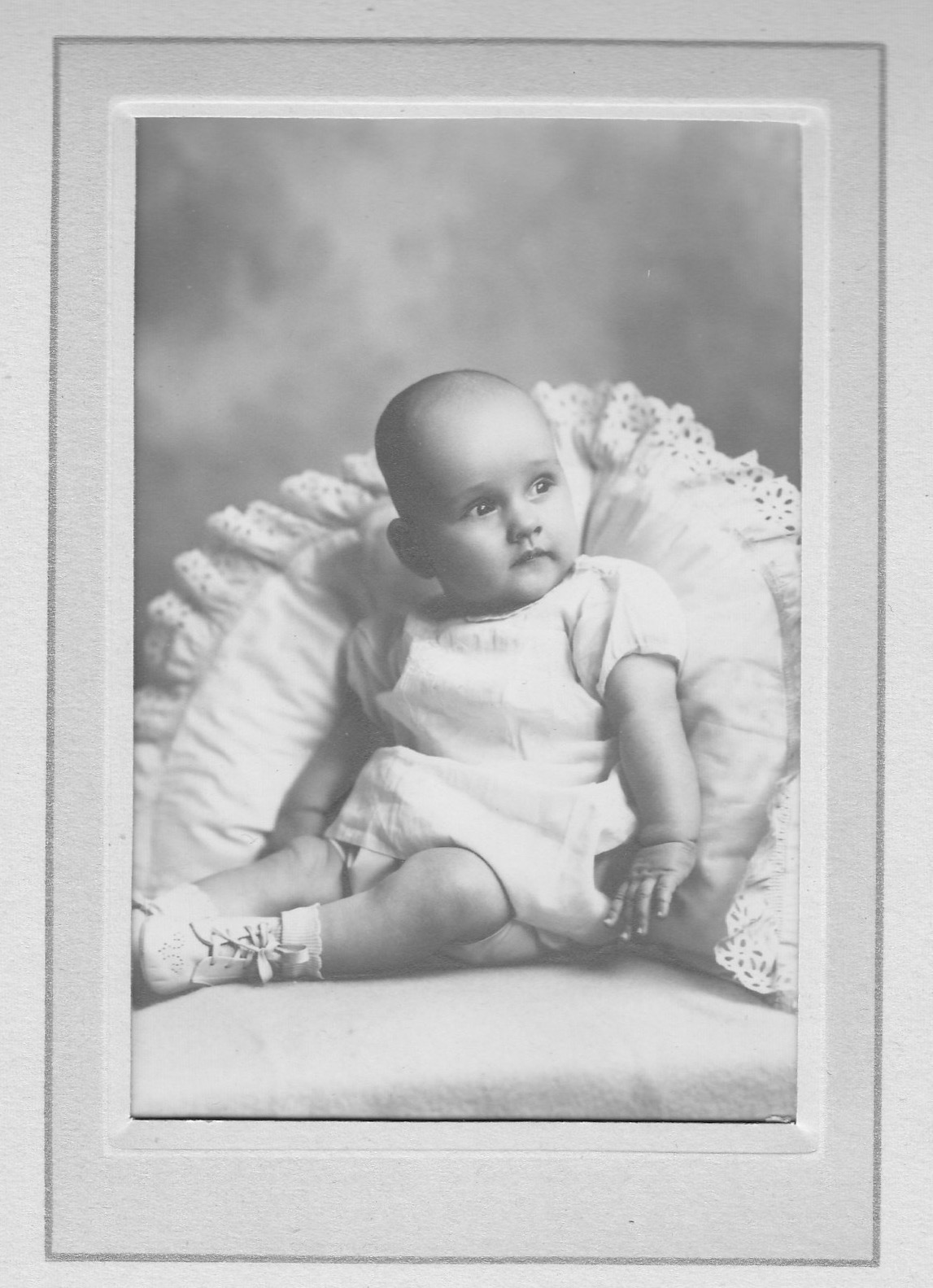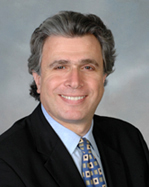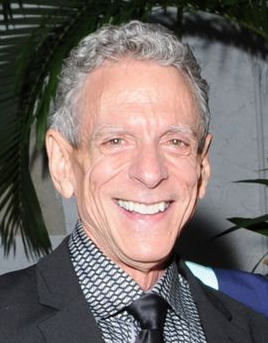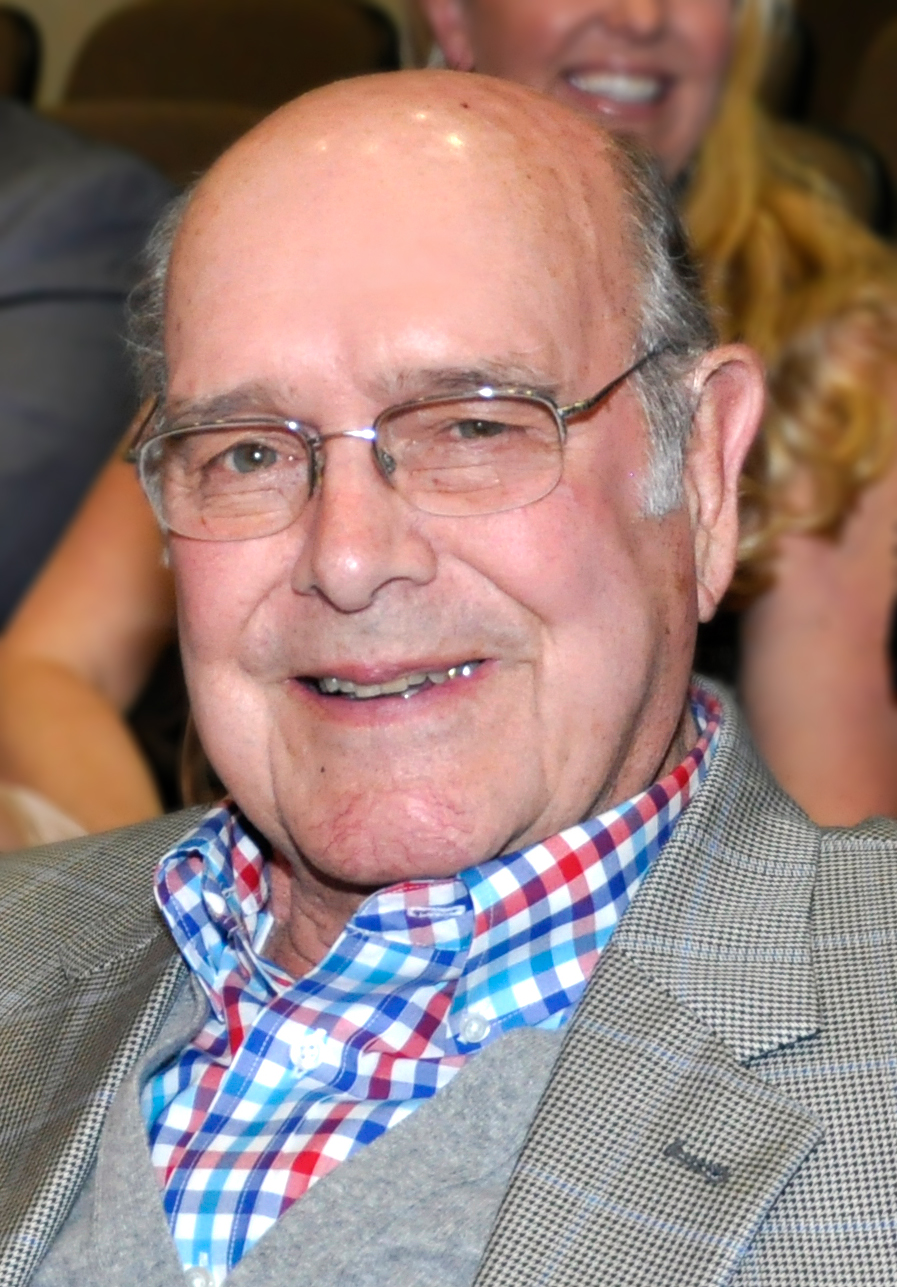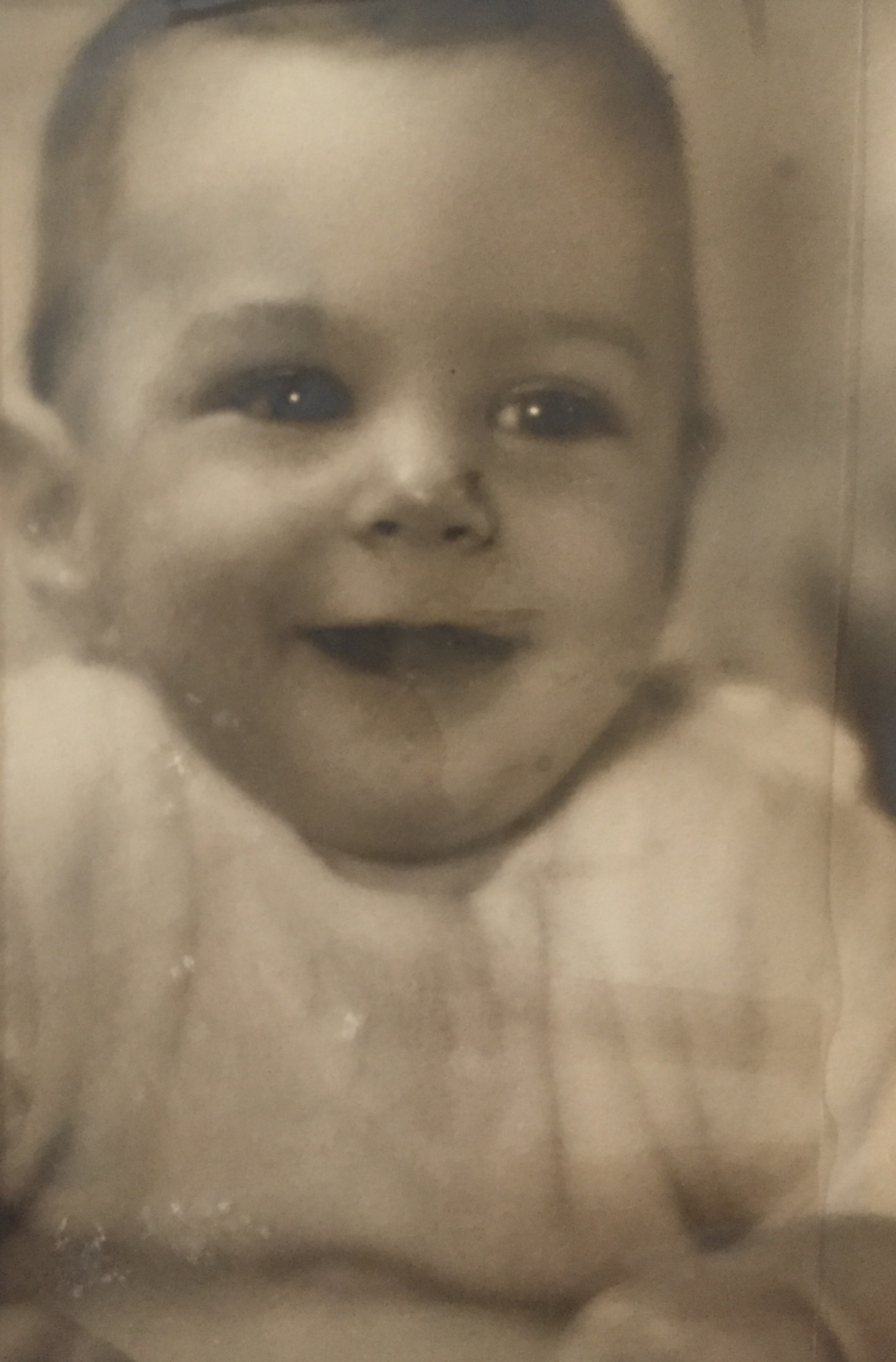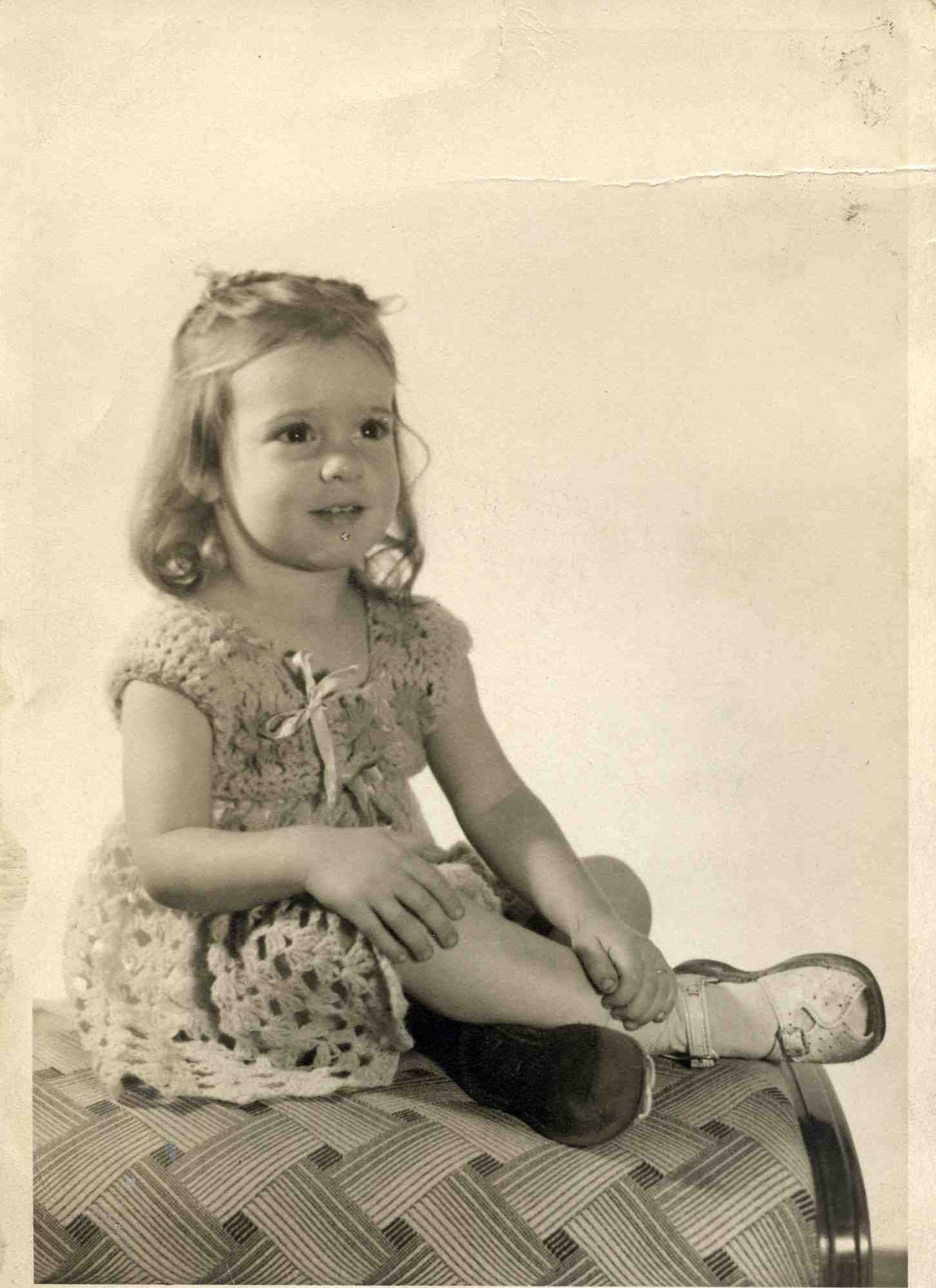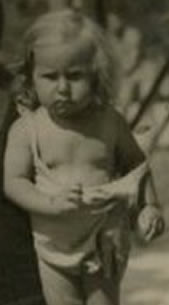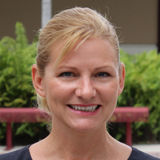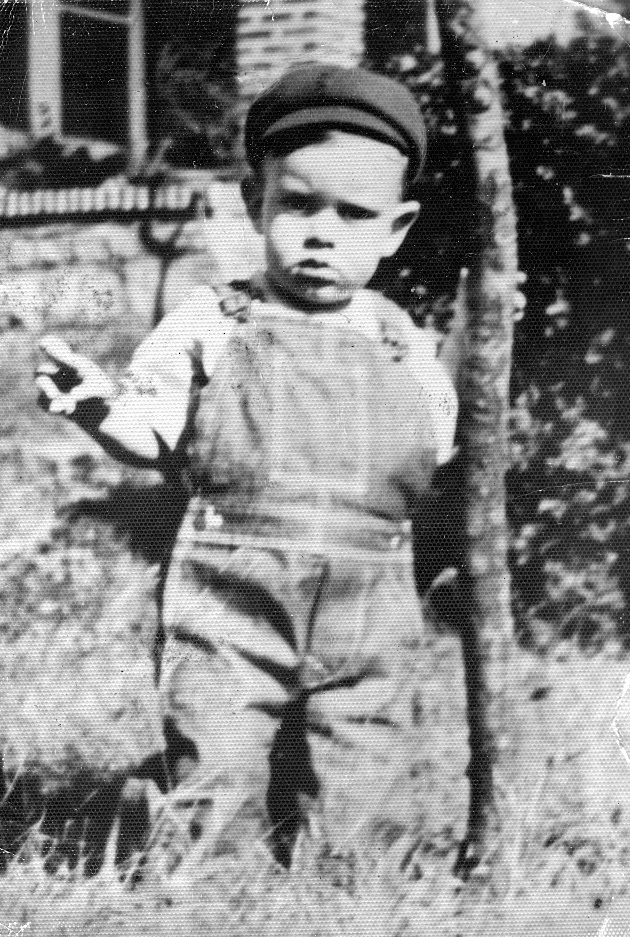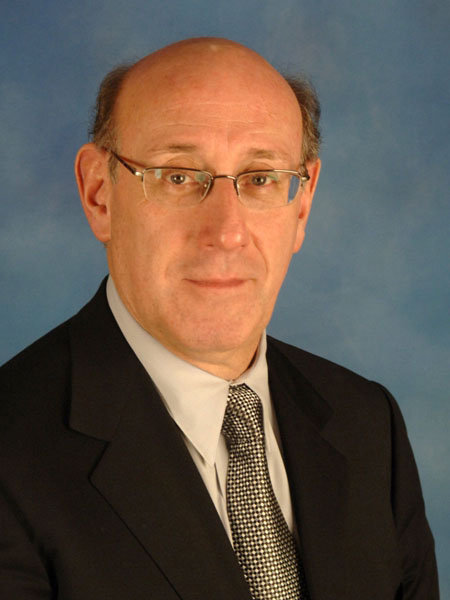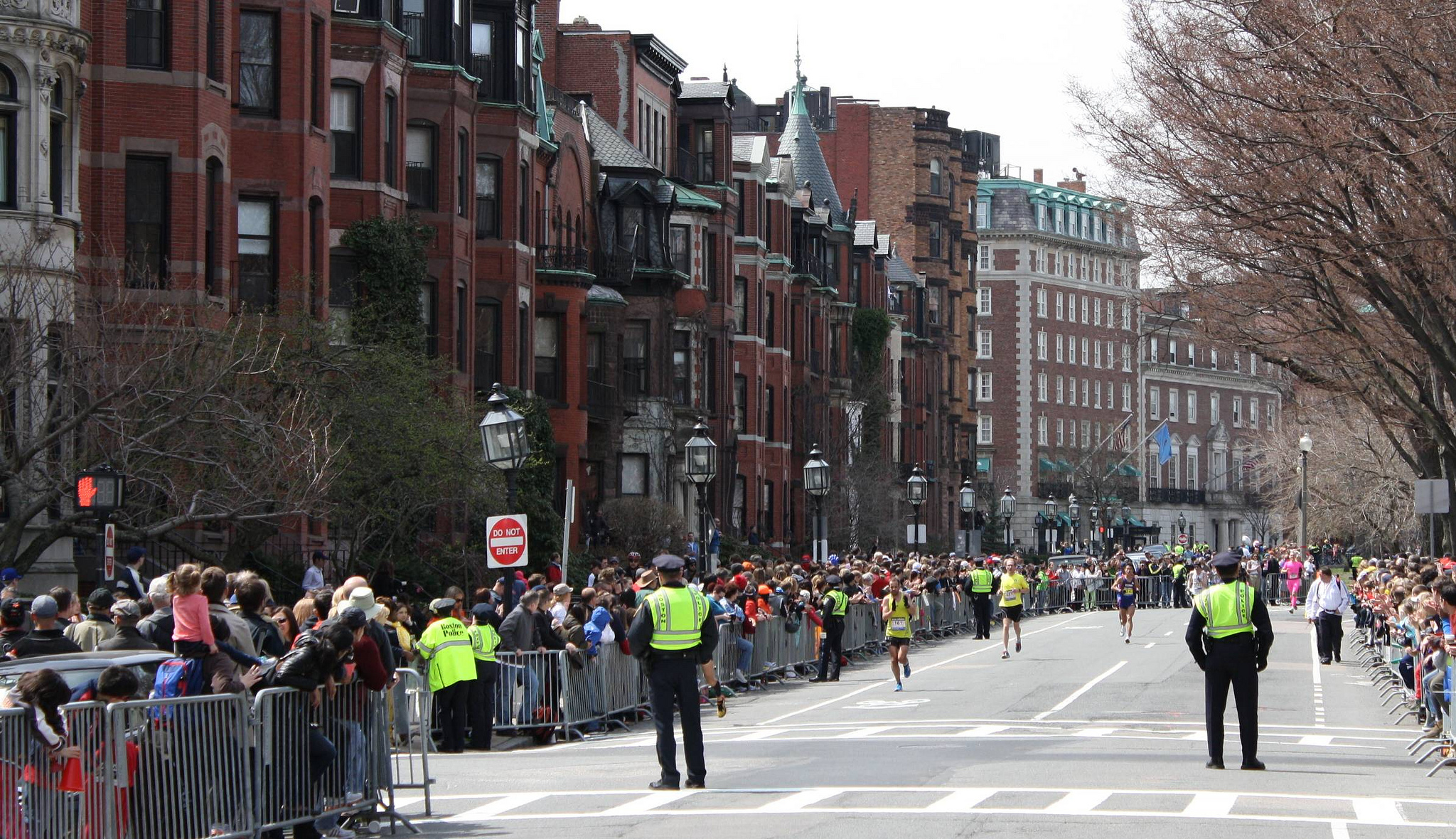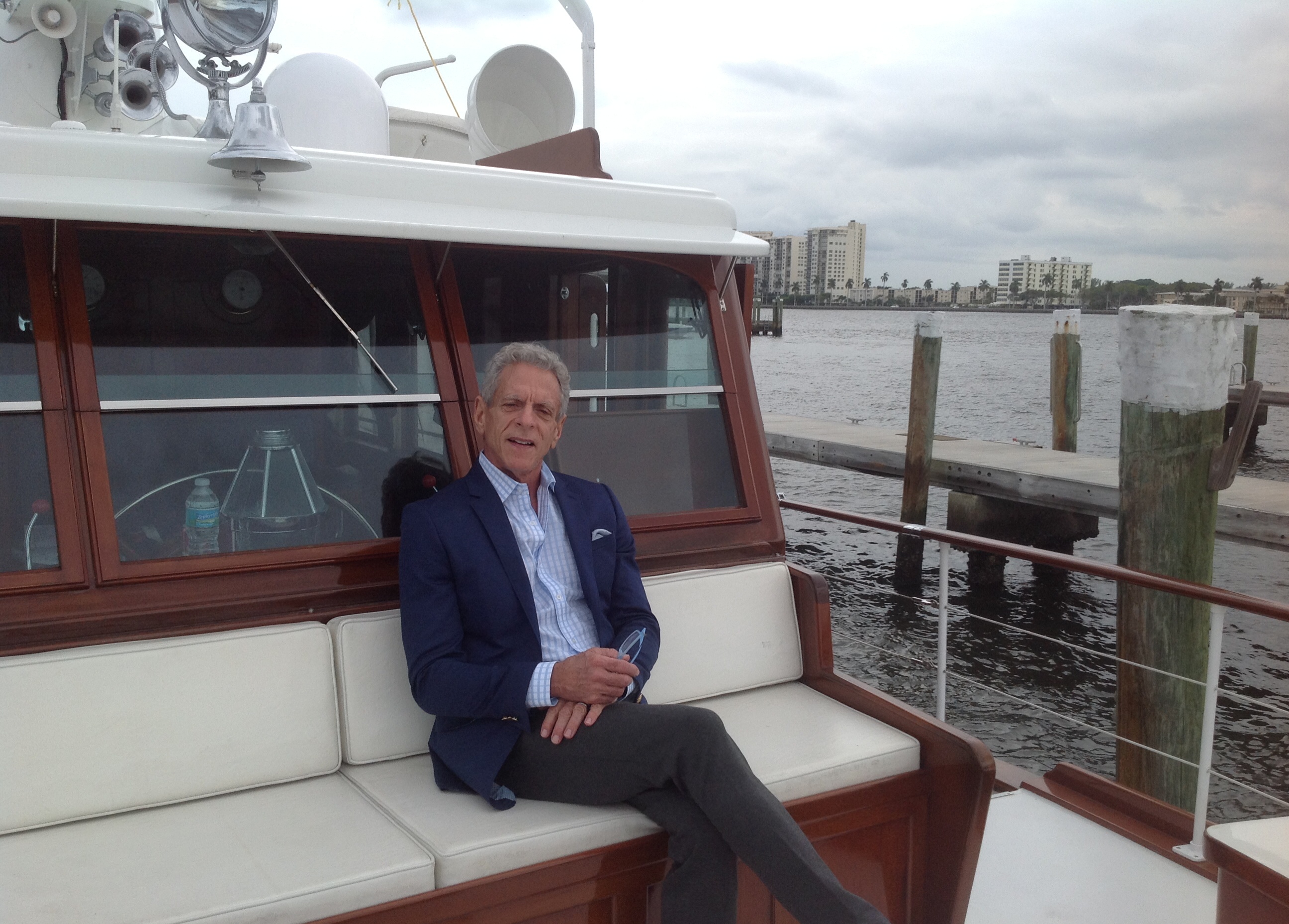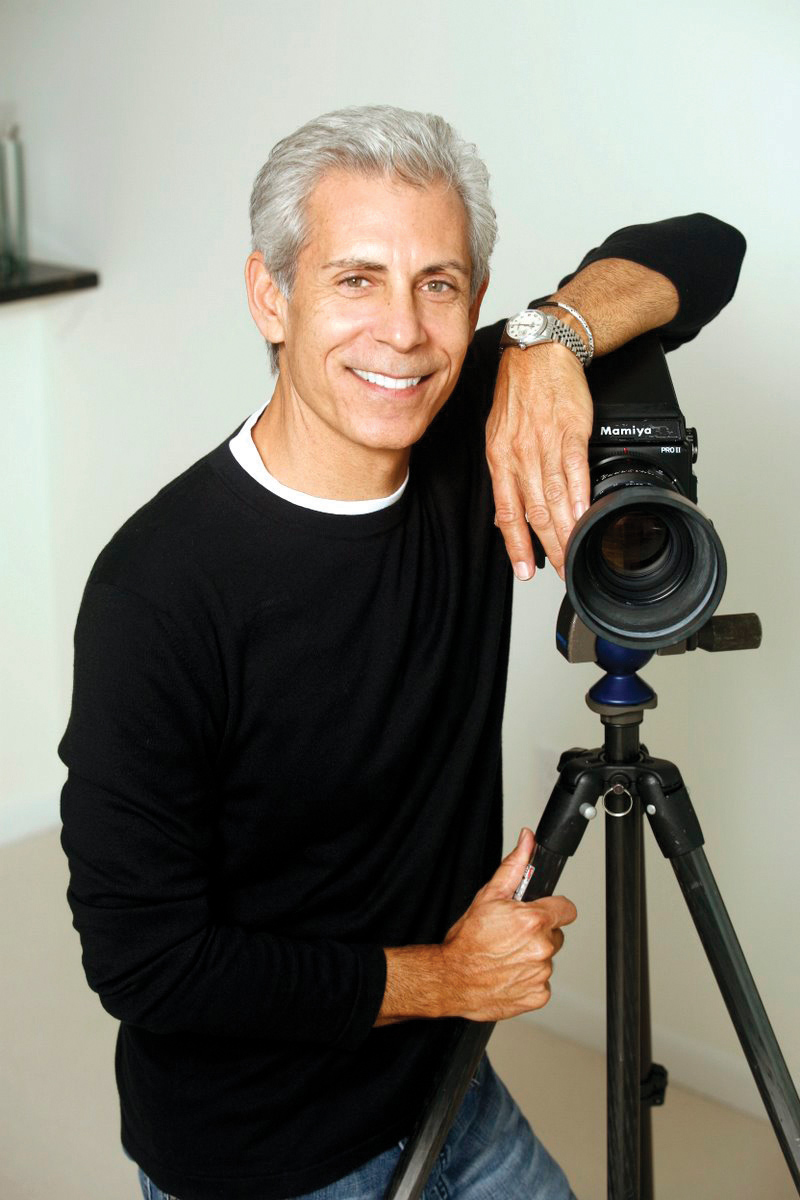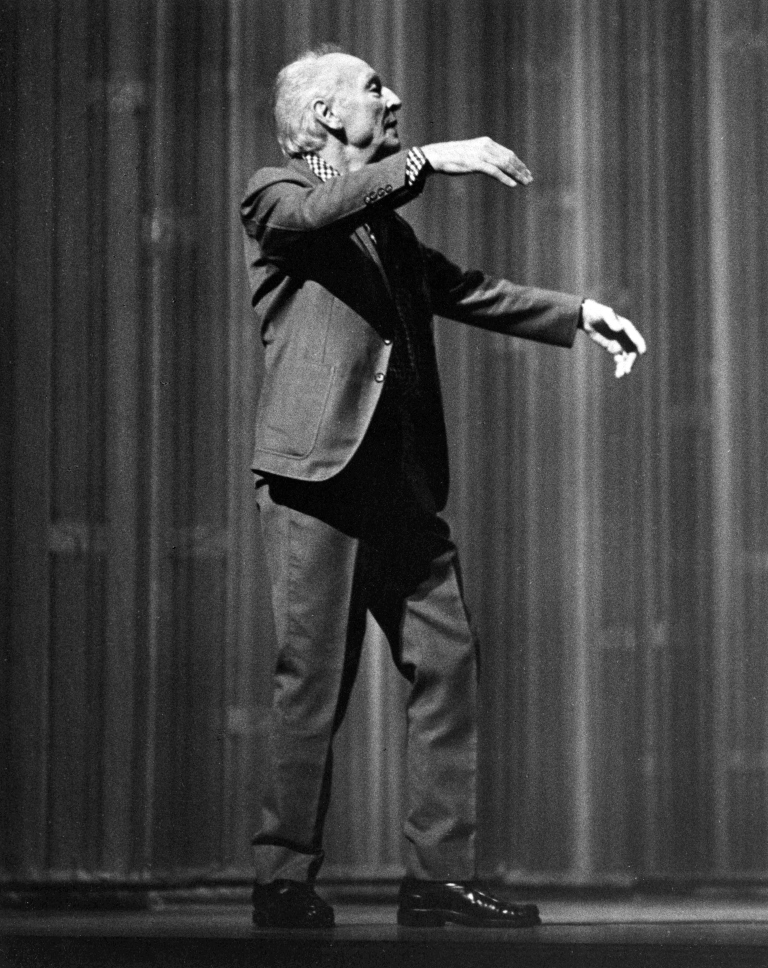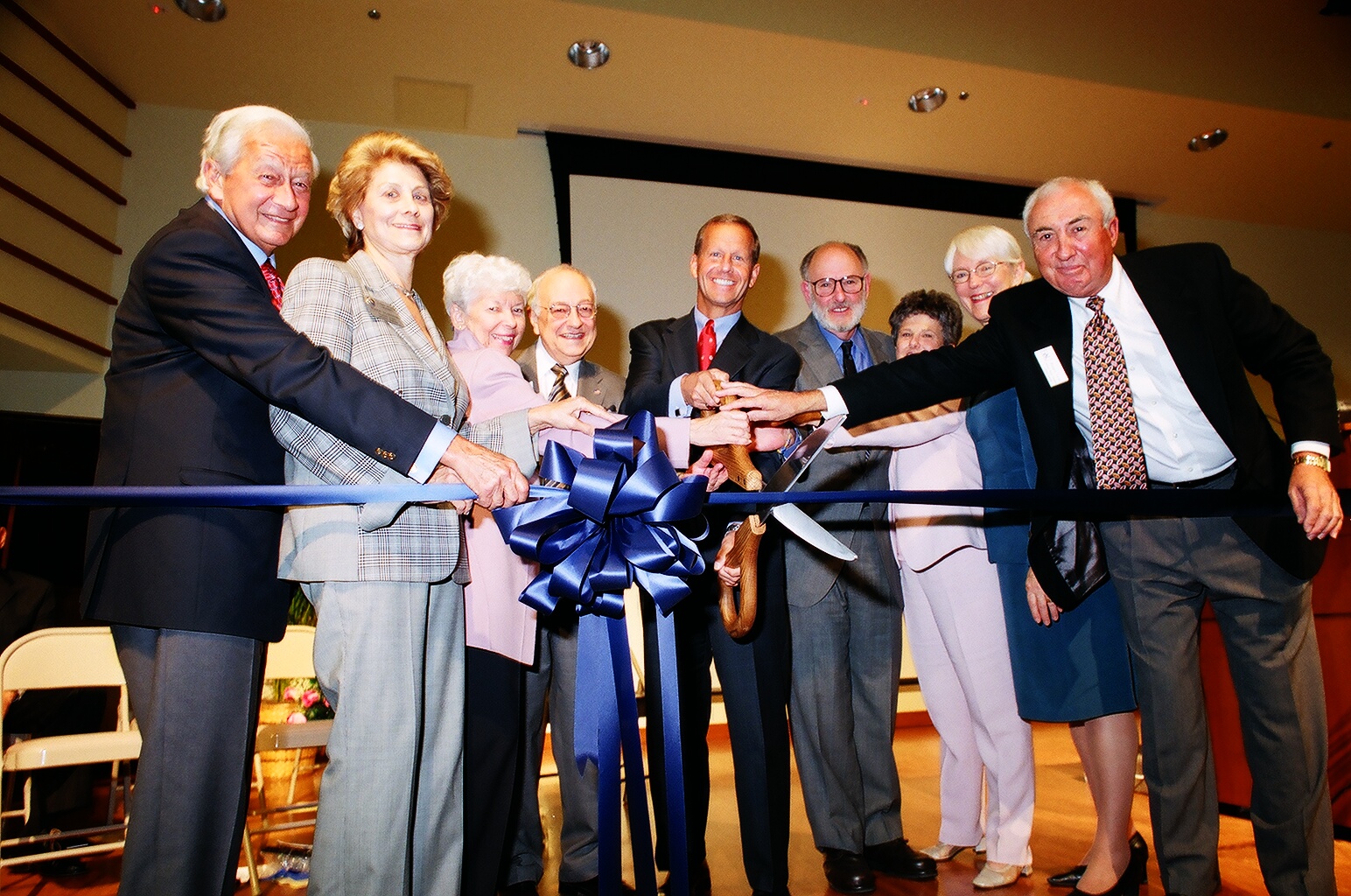
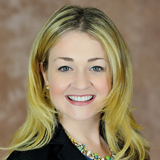
By Kami Barrett Batchelder, Associate Director
 This winter, the FAU Lifelong Learning Society in Jupiter is celebrating its 20th anniversary of providing interesting and engaging lectures and courses for our community. We have more than 8,000 members who have registered for more than 30,000 lectures and courses this past year. We are the largest lifelong learning program in the United States! To mark this milestone, we will celebrate throughout the 2017 winter and spring semesters. *On Thursday, February 23 at 9:30 a.m., we will hold a special anniversary program. Distinguished guest lecturer, Michael Beschloss, will present a lecture, “Critical Moments of the American Presidency,” following the program at 10 a.m.
This winter, the FAU Lifelong Learning Society in Jupiter is celebrating its 20th anniversary of providing interesting and engaging lectures and courses for our community. We have more than 8,000 members who have registered for more than 30,000 lectures and courses this past year. We are the largest lifelong learning program in the United States! To mark this milestone, we will celebrate throughout the 2017 winter and spring semesters. *On Thursday, February 23 at 9:30 a.m., we will hold a special anniversary program. Distinguished guest lecturer, Michael Beschloss, will present a lecture, “Critical Moments of the American Presidency,” following the program at 10 a.m.
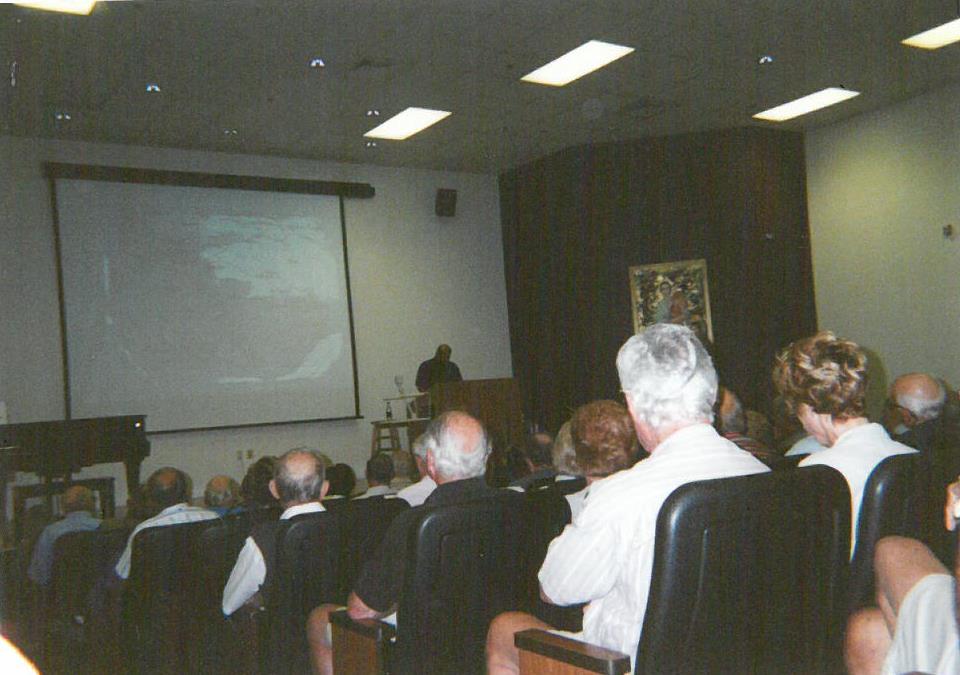 Florida Atlantic University’s Lifelong Learning Society began on the Boca Raton Campus in 1980 and, originally, was established as the Society for Older Students by Sol Kolodny. In 1988, the organization adopted the name, Lifelong Learning Society. In the fall of 1996, the Executive Director of LLS in Boca, Ely Myerson, decided to expand the program to Northern Palm Beach County. That spring, René Friedman, the Founding Director of LLS in Jupiter, presented a preview showcase with an
Florida Atlantic University’s Lifelong Learning Society began on the Boca Raton Campus in 1980 and, originally, was established as the Society for Older Students by Sol Kolodny. In 1988, the organization adopted the name, Lifelong Learning Society. In the fall of 1996, the Executive Director of LLS in Boca, Ely Myerson, decided to expand the program to Northern Palm Beach County. That spring, René Friedman, the Founding Director of LLS in Jupiter, presented a preview showcase with an
enrollment of 125 students in Palm Beach Gardens. It was then decided to begin membership and courses in the fall of 1997. At the end of the spring of 1998, the Northern Campus had grown to over 1,100 students. In 1999, LLS moved to the newly built John D. MacArthur Campus in Jupiter and became independent of FAU’s Boca LLS program, establishing their own cost center.
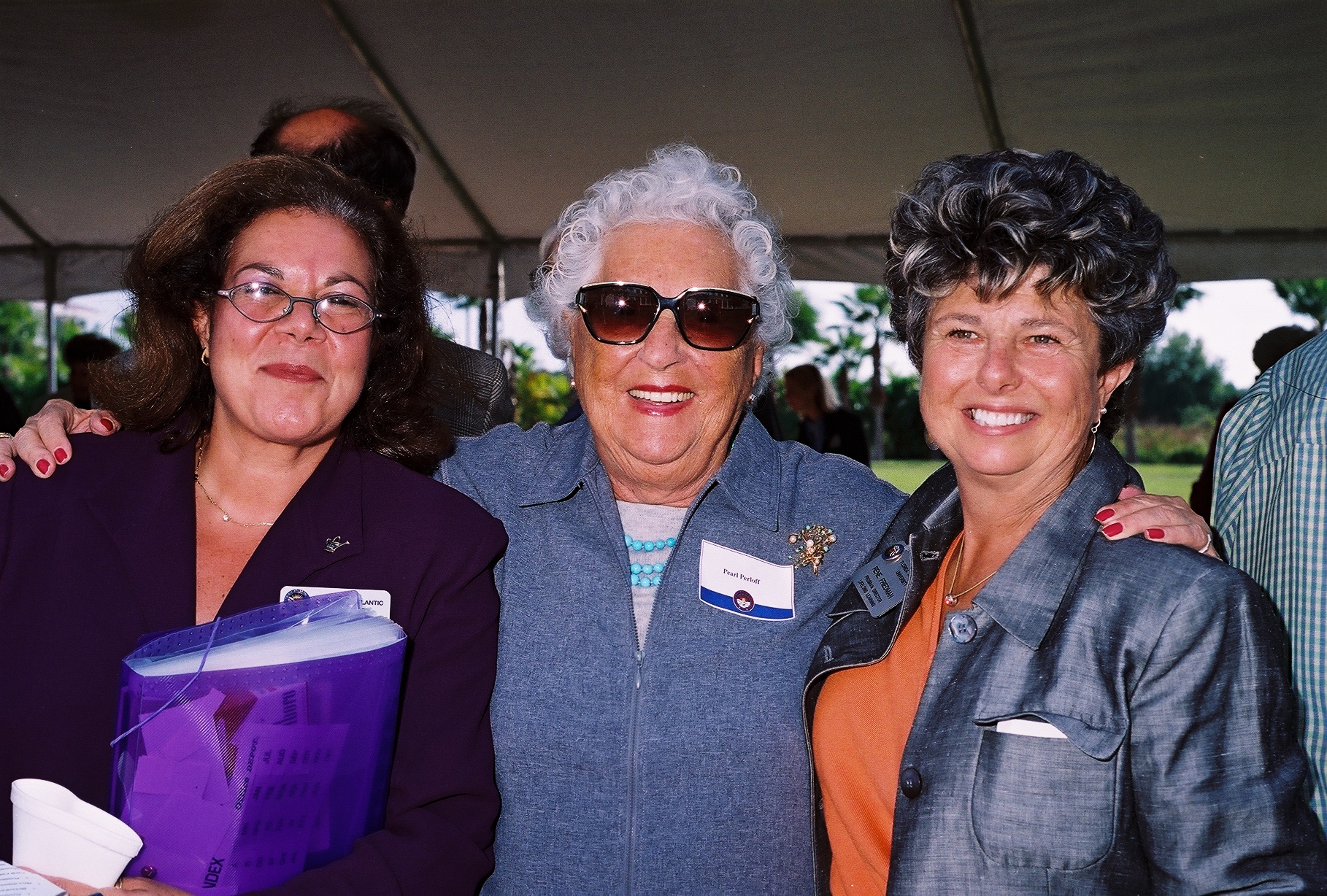 In 2001, René and Josette Valenza, the current Director of the program, began a building campaign for our current facilities. By 2005, the building was completed on time and under budget thanks to the generous donations that our members gave. During the building campaign, we received a matching grant of $250,000 from the state of Florida and more than $4.5 million in private donations. The University provided the land.
In 2001, René and Josette Valenza, the current Director of the program, began a building campaign for our current facilities. By 2005, the building was completed on time and under budget thanks to the generous donations that our members gave. During the building campaign, we received a matching grant of $250,000 from the state of Florida and more than $4.5 million in private donations. The University provided the land.
As we reflect on the past two decades, we would like to share those memories of students and faculty members who have helped to build this program.
Thank you for all of your support!
Francia Trosty
Past Advisory Board Member, Marketing Committee Member, Greeter and Student
It is hard to believe that 20 years have gone by since LLS, under the dedicated efforts of René Friedman, was born. We moved to Jupiter in 2001. As the moving van pulled away from the curb, a neighbor knocked on our door, and after introducing herself, told us about LLS. For me, it has been an enduring love affair ever since.
I remember the excitement of the 10-year anniversary celebration. The catalog cover design featured a proud, large graphic number 10 embedded with pictures of events that had occurred over the years. Now, unbelievably, 10 more years have elapsed accumulating more memories of dozens of outstanding programs and events. Where has the time gone?
I remain an eager student and loyal volunteer and look forward to celebrating number 30!
Arnie and Flo Lurie
Greeters and Students
When we started, as “students” and greeters, there were only three in the office…René, Josette, Dagmar and a handful of other greeters, last century! We remember having to manually cross off or punch classroom tickets per date of attendance, having to wear the ugliest greeter vests, having to turn lights on/off for professors, growing from RCA Blvd, to Temple Beth Am, to the Abacoa Theatre, to the MacArthur Auditorium and, finally, to the new LLS Elinor Rosenthal Bernon Complex. We had to adapt to new procedures with each change in venue. We witnessed the growth of LLS and had the opportunity to meet and/or greet with other volunteers, LLS staff, guests, and professors and learned so much in the process. We appreciated being honored with the Greeters of the Year Award and we look forward to what the future of LLS will be.
Dr. Robert Rabil
LLS and FAU Faculty Member
I always greet the patrons of my class, which I teach in the morning: “On top of the Morning, It’s a glorious day in South Florida! Please smile, we all have problems but do remember that God does not burden people with weak limbs. We are alive and above ground. Every morrow is a new beginning! Let’s put a smile on our face and forge ahead being better persons than yesterday!” This cheerful attitude apparently has become contagious. One day, I saw a patron rushing to my class. I stopped and spoke with her. She told me: “I don’t want to miss a minute of your class, especially your greeting. This is the high point of my day. In fact, you are my Prozac!” I laughed with joy and responded: “I am so happy to be your Prozac but without the side effects!”
Evelyn Reintanz
LLS Staff Member, Past Greeter and Student
My fondest memory is being part of the amazing growth of Lifelong Learning. I started as a student on RCA Boulevard; became a volunteer/student on the campus and in the movie house, temples, and all of the different locations where classes were held until we moved into our own building. It has been a wonderful and enlightening journey for the past 20 years!
Jane Harris
Past Advisory Board Secretary, Greeter and Student
In May of 2004, Dr. Watson organized a special program in Key West on civil rights. Several of us bussed down for the weekend event with dinner and a tour of the Little White House (Truman) plus enjoyed sightseeing and dining in town. Along with our colleagues from Boca, we participated in the seminar at the Community College where Michael Dukakis spoke, but
the most memorable moment for me was Rep. John Lewis whose soaring cadence reflected his many turbulent years of struggle for human dignity. Although I had been working on Capitol Hill when the Civil Rights Act of 1964 was finally passed, this was an educational experience that still lingers.
Richard Yorks
Past Advisory Board President and Student
My favorite LLS memory is how exciting it was to first walk into our just completed auditorium. After being in multiple locations, having our own beautiful, functional home was the fulfillment of our plans and dreams.
Peter Lippman
Past Advisory Board Member and Student
In 2001, Louise and I moved to Abacoa from our longtime home in Northern Westchester County, New York. It soon became apparent that as non-golfers and, at best, reticent card players, we would be well advised to flesh out our personal schedules to include more than daily multi-mile walks into Town Center for coffee. Voilà! The principal hidden asset of the community, the Lifelong Learning Society at Florida Atlantic University, fortuitously presented itself. At the time, Walid Phares appeared to be the most popular of the group of LLS lecturers. We enrolled. Yes, he rarely began his sessions on time and yes, he spent the first fifteen minutes or so of each hour and three quarters telling us about all of his recent academic accomplishments and national TV appearances and yes, he rarely permitted questions from his audience as he promised he would, but the detail and revelations that he shared concerning events in the Middle East were captivating. However, after a few semesters of this experience, we grew weary of each other and he resigned, going on to other professional challenges, while we shifted our more intense focus to other lecturers such as Jeffrey Morton, Robert Watson, et. al. Imagine our surprise this summer, some thirteen or so years later, to find him listed as one of Donald Trump’s senior advisors and, at least during the recent campaign, to see his face on our TV screen speaking on one aspect or another of U.S. foreign policy. We wonder whether or not he included his stint at LLS Jupiter in his curriculum vitae.
*Tickets are required to attend this event.



